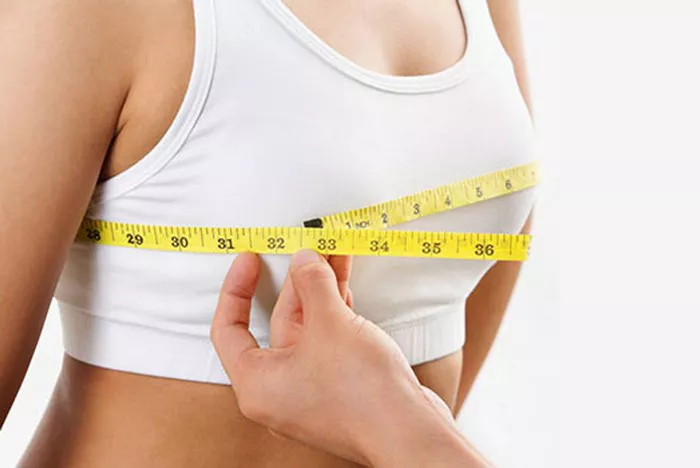Breast augmentation is a popular cosmetic procedure that involves the placement of breast implants to enhance the size, shape, and symmetry of the breasts. While breast implants are designed to be long-lasting, they are not considered lifetime devices. Over time, the implants may require replacement due to various factors. In this article, we will explore the topic of how often breast implants need to be replaced and discuss the factors that can influence their longevity.
Lifespan of Breast Implants
Breast implants are not permanent devices, and they are not guaranteed to last a lifetime. The lifespan of breast implants varies depending on several factors, including the type of implant, surgical technique, individual characteristics, and lifestyle choices.
-
Saline Implants
Saline-filled breast implants consist of a silicone shell filled with sterile saltwater solution. On average, saline implants have a lifespan of 10 to 15 years. Over time, the saline solution can slowly leak out if the implant shell becomes damaged, which can result in deflation of the implant.
-
Silicone Implants
Silicone-filled breast implants contain a silicone outer shell filled with cohesive silicone gel. Silicone implants are known for their natural look and feel. They have a longer lifespan compared to saline implants and can last for 15 to 20 years or more. However, it is important to note that silicone implant rupture may not be as immediately noticeable as saline implant deflation.
Factors Affecting Implant Longevity
-
Implant Quality
The quality of the implant plays a significant role in its longevity. It is essential to choose implants from reputable manufacturers and consult with a qualified and experienced plastic surgeon who can guide you in selecting high-quality implants.
-
Surgical Technique
The surgical technique used during breast augmentation can impact the lifespan of the implants. Skilled and experienced surgeons who follow proper surgical protocols can minimize the risk of complications and implant failure.
-
Capsular Contracture
Capsular contracture occurs when scar tissue forms around the implant and tightens, causing the breast to feel firm or hard. Severe cases of capsular contracture may require implant replacement. The risk of capsular contracture can vary among individuals and is influenced by factors such as implant placement, implant size, and individual healing response.
-
Trauma or Injury
Trauma or injury to the breasts can lead to implant rupture or damage. Activities such as vigorous exercise, accidents, or impact to the chest area can increase the risk of implant failure.
-
Lifestyle Choices
Lifestyle factors can also impact the longevity of breast implants. Smoking, for example, can increase the risk of complications, including implant rupture and capsular contracture. Maintaining a healthy lifestyle, including regular exercise, a balanced diet, and avoiding harmful habits, can contribute to the longevity of the implants.
Regular Monitoring and Follow-Up
Regular monitoring and follow-up with a plastic surgeon are crucial to ensure the health and integrity of breast implants. While routine replacement is not necessary for all patients, regular check-ups allow the surgeon to assess the condition of the implants and detect any potential issues. Regular mammograms or breast imaging may also be recommended to monitor the implants and overall breast health.
Reasons for Implant Replacement
While breast implants do not have an expiration date, there are several reasons why they may need to be replaced:
-
Rupture or Deflation
Implant rupture or deflation occurs when the implant shell becomes compromised, leading to leakage of saline or silicone filling. In such cases, implant replacement is necessary.
-
Capsular Contracture
Severe cases of capsular contracture may require implant removal and replacement to improve breast aesthetics and alleviate discomfort.
-
Cosmetic Concerns
Over time, changes in the breast shape or size, as well as personal preferences, may prompt individuals to opt for implant replacement for cosmetic reasons. This may involve changing the implant size, shape, or type to achieve the desired aesthetic outcome.
-
Implant Malposition or Shifting
In some cases, breast implants may shift or become malpositioned over time. This can affect the symmetry and appearance of the breasts, necessitating revision surgery to reposition or replace the implants.
-
Aging and Changes in Breast Tissue
As the body ages, natural changes in breast tissue, such as sagging or volume loss, may occur. In such cases, individuals may choose to undergo implant replacement along with other procedures, such as a breast lift or fat grafting, to address these changes and achieve their desired outcome.
Conclusion
The lifespan of breast implants varies depending on factors such as implant type, surgical technique, individual characteristics, and lifestyle choices. While breast implants are not considered lifetime devices, they can last for many years. Saline implants typically last around 10 to 15 years, while silicone implants may last 15 to 20 years or more. Regular monitoring, follow-up visits with a plastic surgeon, and breast imaging can help ensure the health and integrity of the implants.
Factors such as implant quality, surgical technique, the occurrence of complications like capsular contracture or implant rupture, trauma or injury to the breasts, and lifestyle choices can impact the longevity of breast implants. It is important to choose high-quality implants, follow proper surgical protocols, and maintain a healthy lifestyle to support the longevity of the implants.
If any issues arise, such as implant rupture, capsular contracture, or changes in breast aesthetics, individuals may opt for implant replacement. Whether for medical or cosmetic reasons, the decision to replace breast implants should be made in consultation with a qualified plastic surgeon who can assess the individual’s specific circumstances and provide personalized recommendations.
Remember, regular monitoring and follow-up visits with a plastic surgeon are essential to ensure the health, integrity, and aesthetic outcome of breast implants. By staying informed, maintaining a healthy lifestyle, and seeking professional guidance, individuals can make informed decisions regarding the replacement of breast implants to achieve their desired aesthetic goals and maintain the health and appearance of their breasts.

